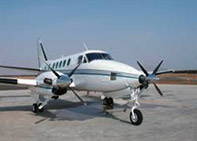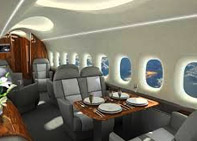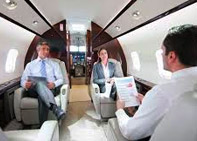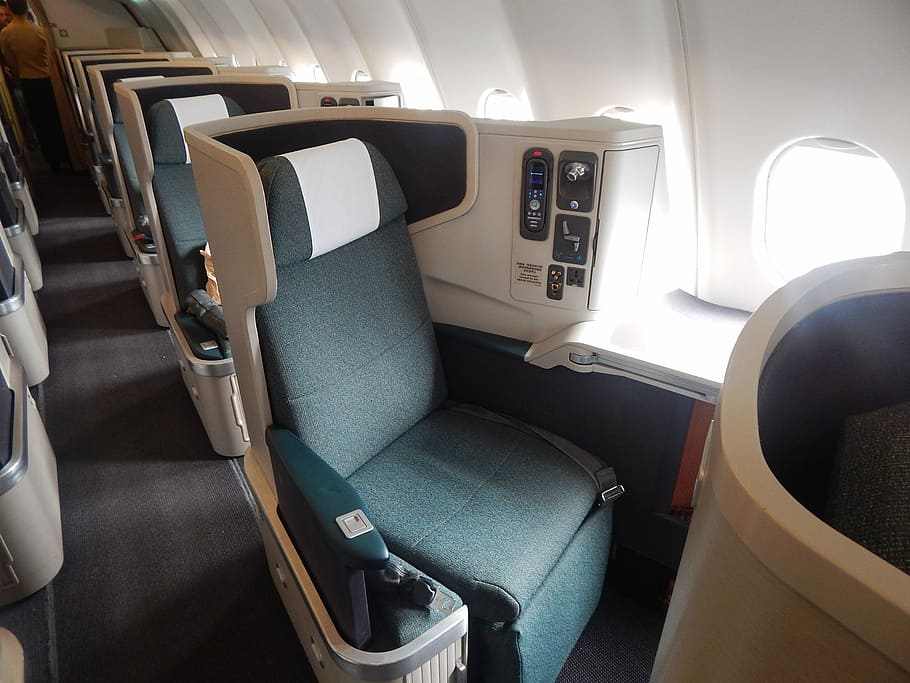Windows are typically rectangle and square-shaped ones. Have you wondered why it’s round on a plane window? What’s the science behind the shape?
Experts explain that it has all to do with pressure. Keep reading to find out more.
Aerospace engineering has come a long way since the first passenger plane took flight in 1914. Back then, planes didn’t have windows. However, over time that changed, and in the 1940s, the world’s first commercial jetliner, the de Havilland Comet, had square windows.
Coursing back to 1954, a plane that was carrying 35 people took off from Rome and was heading to London before it disintegrated in the sky and crashed into the Mediterranean Sea. Later, another similar passenger jet plane faced the same plight as it crashed into the same sea en route the flight course of London to Johannesburg.
With the two fatal crashes, where the planes fell apart mid-air, experts analysed the root cause. It was attributed to pressure concentrating in the four corners of every window. The pressure led to metal fatigue and caused the planes to break in mid-air explosively.
After the investigation was published, airlines worked on transforming their designs, making the plane windows more circular. The design lets the stress on the metal flow more evenly around the edges. Thus, circular windows are not a design choice but rather a safe choice.
In this context, Willis Orlando, Product Operations Specialist at Scott’s Cheap Flights, stated that circular corners are designed to aid the distribution of the pressure that gets exerted on the window evenly. He further added that the design reduced the likelihood of a window cracking under changing air pressure.







